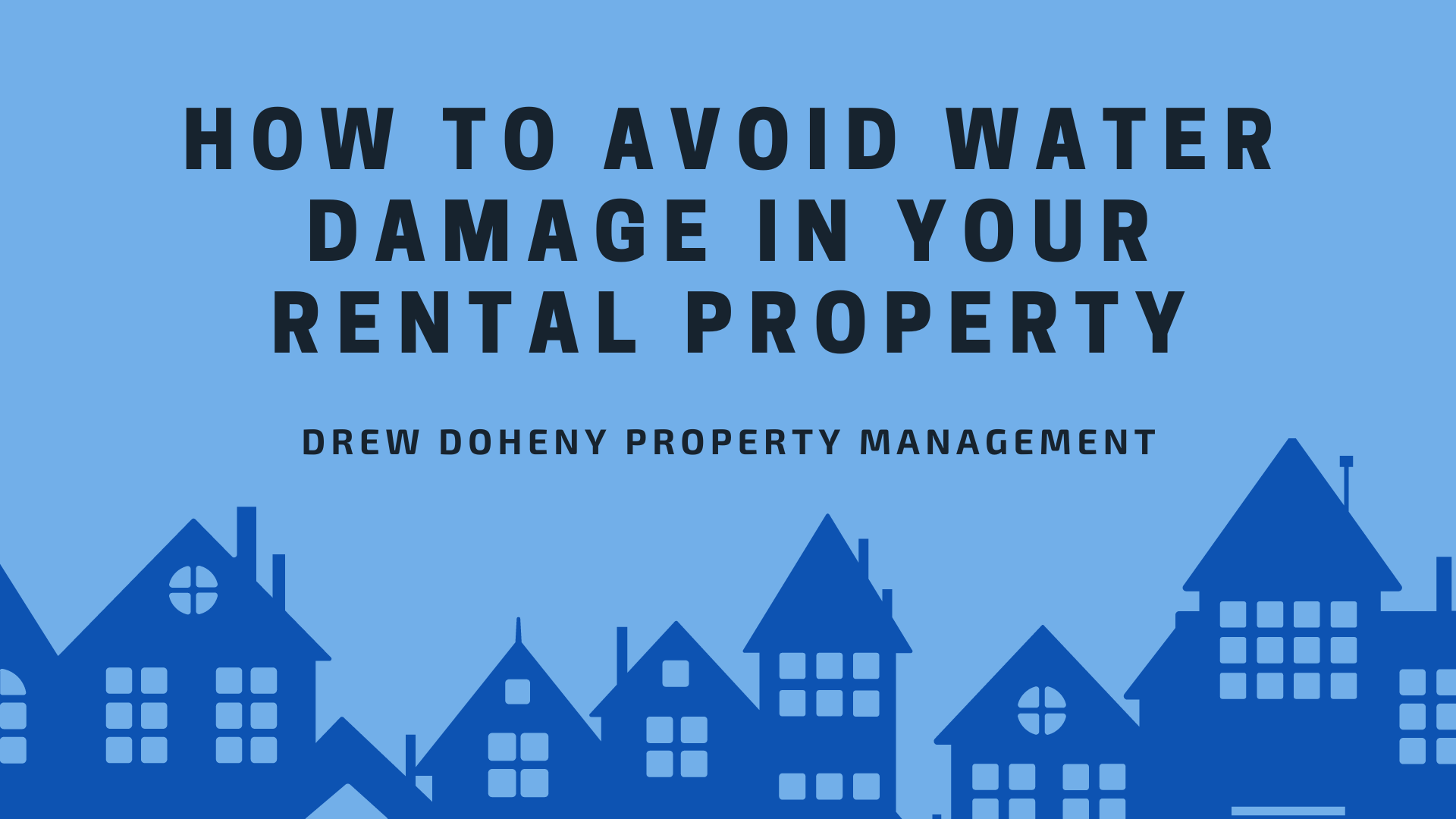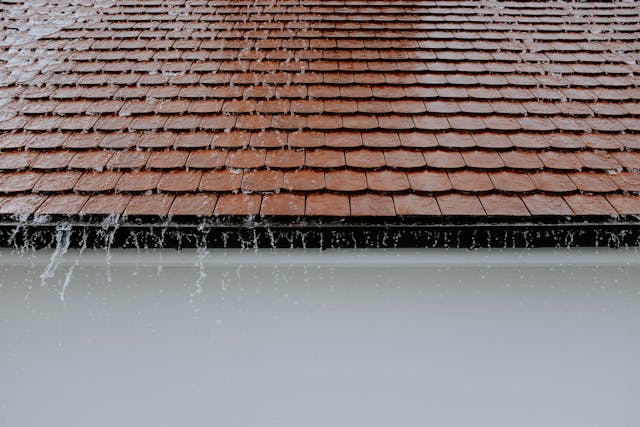
Ever woken up to an email from your tenant about a burst pipe? Water damage can mean costly repairs and lost rental income for you.
The good news is that proactive steps can significantly reduce the risk of leaks and keep your investment property – and your peace of mind – secure.
Drew Doheny Property Management Team has written this guide to equip you with key strategies to prevent water damage, from routine maintenance checks to identifying hidden dangers before they strike.
Let's ensure your rental property stays hazard-free, keep reading to learn more!
Possible Causes of Water Damage
Water damage can come from many sources, both inside and outside your home.
Here are some common areas of concern:
- Plumbing problems: Leaky pipes, faulty hoses on appliances, and burst pipes from freezing temperatures are all major sources of water damage.
- Drainage issues: Clogged drains from hair, grease, or debris can cause backups and overflows.
- Appliance malfunctions: Dishwashers, washing machines, and water heaters can all malfunction and leak.
- Natural disasters: Heavy rain, flooding, or even a broken sprinkler system can bring unwanted water into your property.
- HVAC systems: Condensation buildup from air conditioners can lead to leaks if not properly maintained.
Tips To Prevent Water Damage in Your Rental Property
Here are some practical tips to keep in mind when renovating to help you prevent water damage in your rental property and maintain its value.
Ensure Downspouts are Functional
Downspouts play a key role in channeling water away from your property. Make sure your downspouts are properly connected and direct water at least three to five feet away from the foundation.
Regularly inspect them for any blockages or damage.
If necessary, extend the downspouts to ensure they effectively carry water away from the building.
Properly functioning downspouts reduce the risk of water pooling around your property, which can lead to foundation issues and water damage.
Grade the Yard for Proper Drainage
The grading of your yard affects how water drains away from your property. Ensure that the ground slopes away from your rental unit, ideally with a gradient of at least six inches over ten feet.
This prevents water from pooling near the foundation. If necessary, regrade the yard or install a drainage system to improve water flow.
Proper yard grading helps keep water away from your property, reducing the risk of water seeping into the basement or crawl spaces.
Inspect Exterior Drains Regularly
Exterior drains around your property help manage excess water during heavy rains.
Regularly check these drains to ensure they are clear of leaves, dirt, and other debris.
Clean them out as needed to maintain proper water flow.

Installing drain covers can help prevent debris from clogging the drains. By keeping exterior drains clear, you ensure efficient drainage, reducing the risk of water accumulating around your property and causing damage.
Conduct Regular Roof Inspections
A well-maintained roof is essential in preventing water damage. Schedule regular roof inspections to check for missing, damaged, or loose shingles. Look for signs of wear and tear, such as cracks or leaks.
Address any issues promptly to prevent water from seeping into the attic or living spaces.
Keeping your roof in good condition not only protects your property from water damage but also extends the life of the roof itself.
Properly Seal Windows
Windows are potential entry points for water, especially during heavy rain. Ensure all windows are properly sealed and caulked to prevent water intrusion.
Check for any gaps or cracks around the window frames and seal them as needed.
Consider installing weatherstripping to enhance the seal.
.jpg)
Properly sealed windows help keep water out, protecting the interior of your rental property from water damage and drafts.
Inspect Walls for Cracks and Seal Them
Regularly inspect both interior and exterior walls for any cracks or signs of wear.
Seal any cracks with appropriate materials, such as caulk or masonry sealant.
Addressing cracks early prevents water from entering your property and causing damage to the walls, insulation, and electrical systems.
Check Flooring Around Perimeter Walls and Drains
Water damage often starts at the floor level, especially around perimeter walls and drains. Regularly inspect the flooring in these areas for signs of moisture, warping, or discoloration.
Ensure that floor drains are clear and functioning properly. If you notice any issues, address them immediately to prevent further damage.
Keeping the flooring in good condition helps protect the structural integrity of your rental property and ensures a safe living environment for tenants.
Dispose of Cooking Fats Properly
Improper disposal of cooking fats can lead to clogged drains and potential water damage. Educate your tenants on the importance of disposing of cooking oils and fats properly.

Encourage them to let fats cool and solidify before throwing them in the trash, rather than pouring them down the sink.
Proper disposal practices prevent grease buildup in the plumbing, reducing the risk of blockages and water damage.
Before You Go
Preventing water damage in your rental property is essential for maintaining its value and ensuring your tenants' satisfaction.
By following these tips, you can protect your investment and avoid costly repairs.
Regular maintenance, proper drainage, and educating your tenants on best practices all play a crucial role in keeping your property safe and dry.
If managing these tasks feels overwhelming, consider hiring a professional property management company like Drew Doheny Property Management Team.
They have the expertise and resources to keep your property in top condition, giving you peace of mind and freeing up your time. Let the experts handle it while you enjoy the benefits of a well-maintained rental property.
